Movement, Excitement, Energy

Jeff Steiner’s paintings breathe life into urban and small-town street scenes, transforming everyday views into dynamic compositions.
“Creativity,” observed journalist Bill Moyers, “is piercing the mundane to find the marvelous.” One clear example of this idea can be found in the work of Minnesota artist Jeff Steiner. Painting with explosive energy, he endows street views with an urgent pulse and a surprising sense of movement. Buildings seem to breathe, sometimes leaning a little, sometimes dissolving into the air around them. Cars, street objects, and people dance and shimmer in an intriguingly flexible space.
Painted with speed en plein air, the scenes are conjured up with lively brushwork, using marks that range from broad swathes of soft washes to delicate skittering lines. “I try to say as much as possible with as few strokes as possible,” says Steiner. “Using a great variety of brushstrokes keeps the painting fresh and dynamic.”
The artist’s compositions support the drama by using low horizons that dispense with foreground detail, thrusting the viewer’s eye upwards toward buildings, facades and broad expanses of sky. The light is also dramatic, often featuring the kind of raking sunshine you see late on a summer afternoon, picking out architectural details and allowing for the massing of shadows to secure a powerful sense of volume and light.

An Architectural Foundation
For all the dynamism of his paintings, Steiner underpins his scenes with correct perspective and well-judged values to secure a coherent and convincing sense of the world. It’s a kind of organizing intelligence that probably comes from the artist’s former life as an architect. “Being an architect for several decades has certainly influenced my choice of subject matter,” he says. “I love to paint urban and small-town street scenes. Even in my landscapes, I like to include interesting structures. I’m always searching for intriguing buildings to structure a painting around.”
The artist attributes his love of playing with perspective to his architectural training. He’ll often use perspective to compress or stretch space for dramatic effect, much like the use of a wide-angle or long lens in photography.
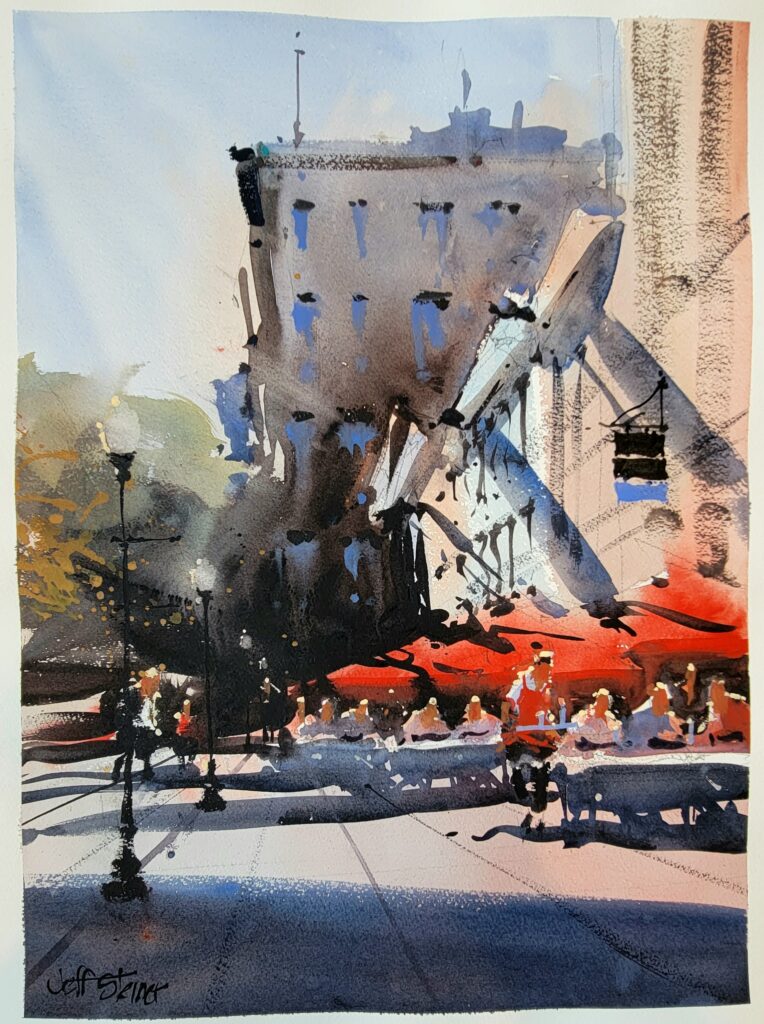
Steiner’s architectural eye has also influenced his sense of light. “Light is so important in creating dimension,” he says, “in building form and accentuating its details.” The artist often designed buildings with that concept in mind and now uses strong shadows in his paintings to define the form of buildings and to create depth and drama. He also likes to include people and cars in his street scenes, noting that they “not only show activity but give the street a sense of scale that’s so important in architecture.”
Keeping It Simple
It’s something of a surprise to discover that Steiner’s education in watercolor has been fairly modest. “My training involved attending two plein air workshops with Alvaro Castagnet and purchasing his DVDs, as well as some DVDs by Joseph Zbukvic,” he says. “I still study those DVDs today. The more accomplished I become, the more understanding I develop of their process. Other than that, it’s just paint, paint, paint!”
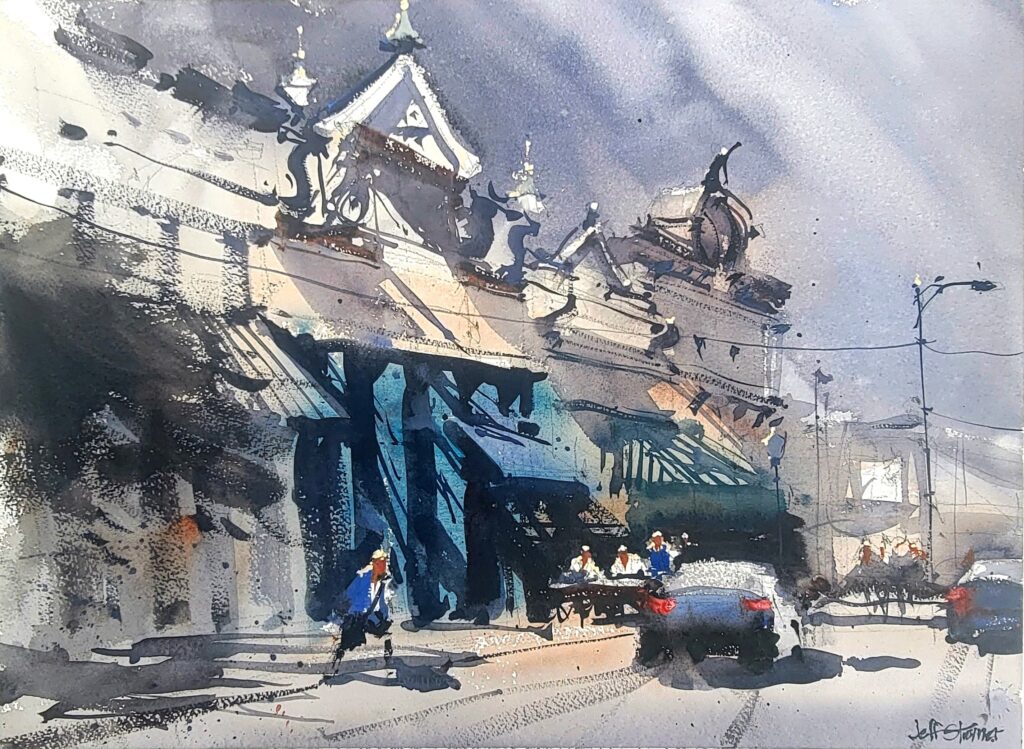
Steiner’s perseverance and enthusiasm over the 10 years or so since he started painting seriously have allowed him to generate a convincing and highly entertaining body of work. Reflecting on his achievements, he says: “I like to simplify what’s in front of me. We can get lost in the detail of what we’re looking at and not appreciate the essence or drama of a scene unless we see it in a filtered way. It’s this editing to which I give a lot of thought. As Andrew Wyeth once said: ‘It’s not what’s in a painting but what is left out that’s most important.’ It’s with this fresh view that I hope to engage the viewer.”
This article appears in the Summer issue of Watercolor Artist. Check out the entire issue, which explores the power of place in art!
Demonstration: New York Streets
Follow along to see Jeff Steiner’s process for capturing the dynamic energy of an urban street scene.
Artist’s Toolkit
✓
Winsor & Newton Watercolors
✓
Daniel Smith Watercolors
✓
Arches 140-lb. cold-pressed paper
✓
Pointed and Round Escoda Sable Brushes
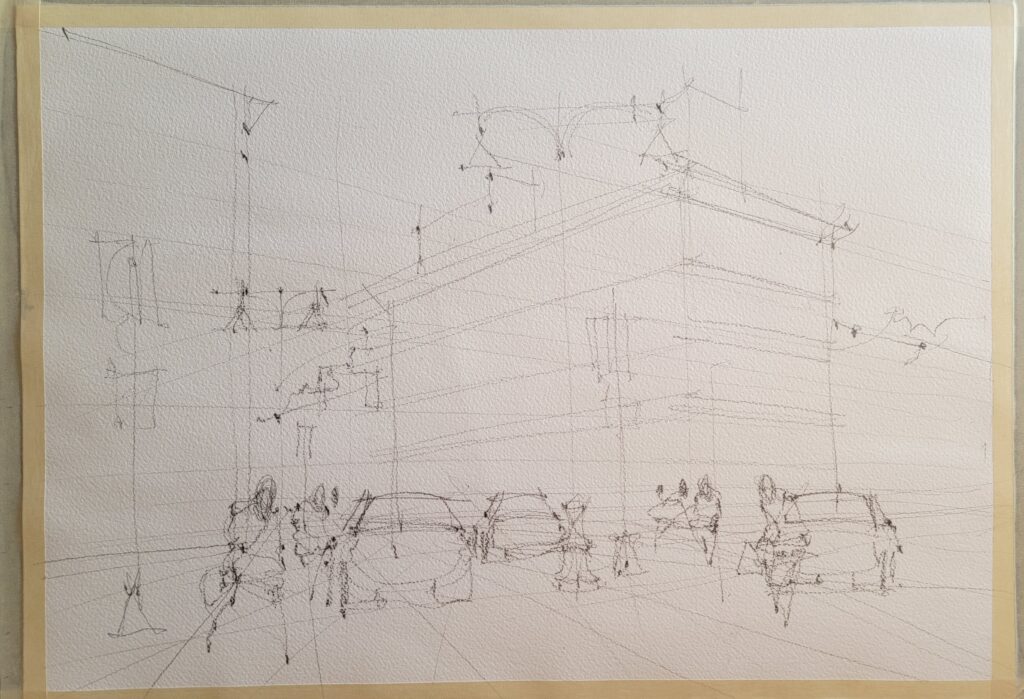
Step 1
Steiner began with a delicate pencil drawing on a sheet of 140-lb. cold-pressed watercolor paper. He established an accurate perspective and loosely placed the cars and figures. Most detail was omitted in this stage.
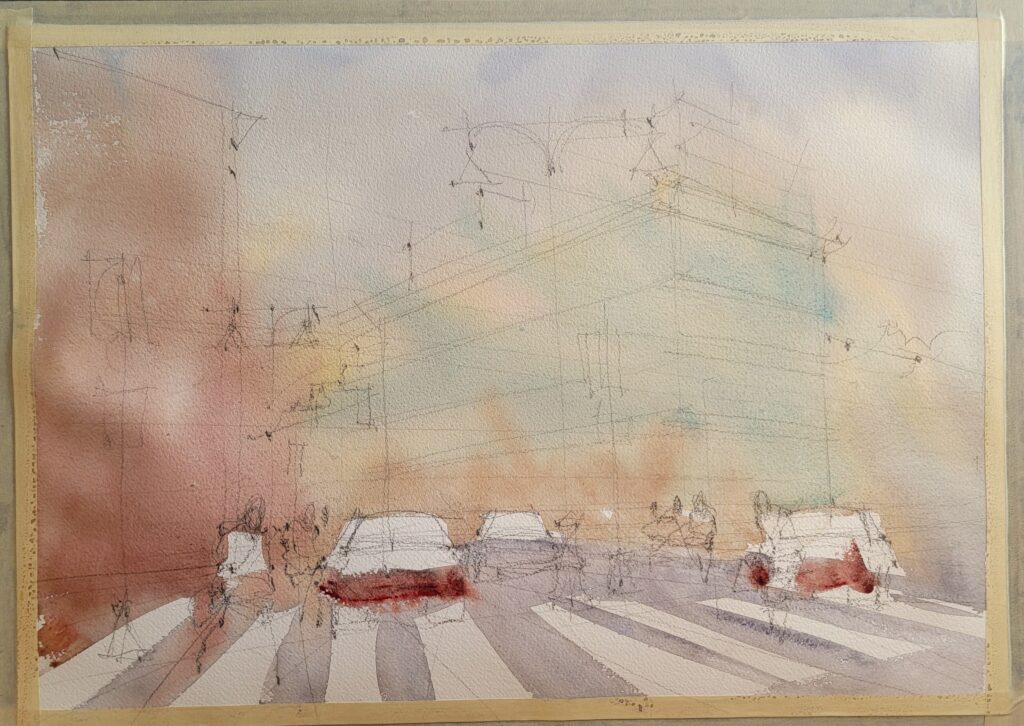
Step 2
The artist applied a light wash across the painting, varying the color from ochre to crimson in the middle ground and shifting to gray in the foreground. The sky was washed in a pale blue.
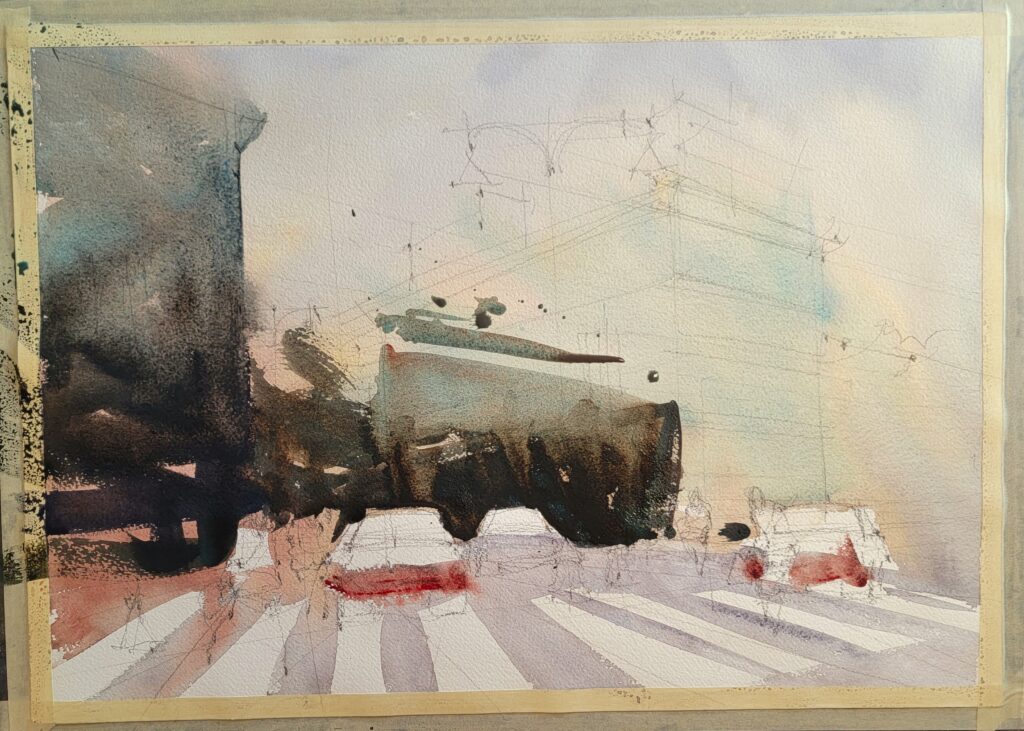
Step 3
The major shadow areas were massed in using a mix of burnt sienna and French ultramarine. This cool color began to interact with the underlying warm wash colors to create depth and light. The color of the cars in the foreground was established next.
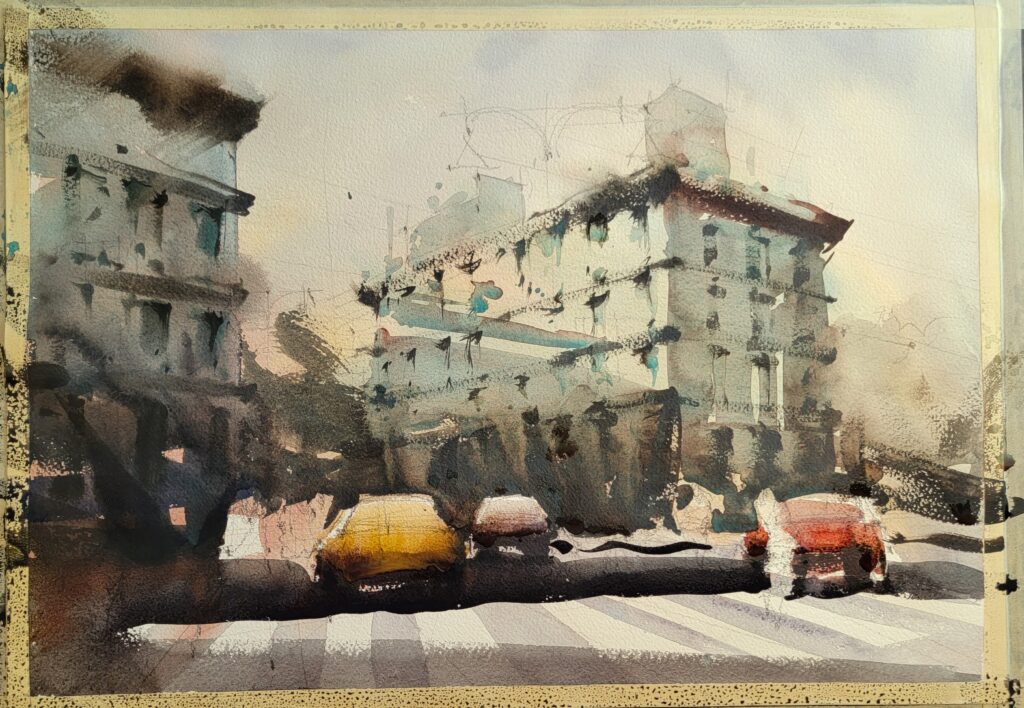
Step 4
The main shadow areas were completed using different dilutions of the French ultramarine/burnt sienna mix. Steiner lifted off pigment in certain places to lighten the wash and allowed the paint to flood and bloom in other areas. Next, he softened and dissolved various edges and established the volumes of the cars with strong shadows.
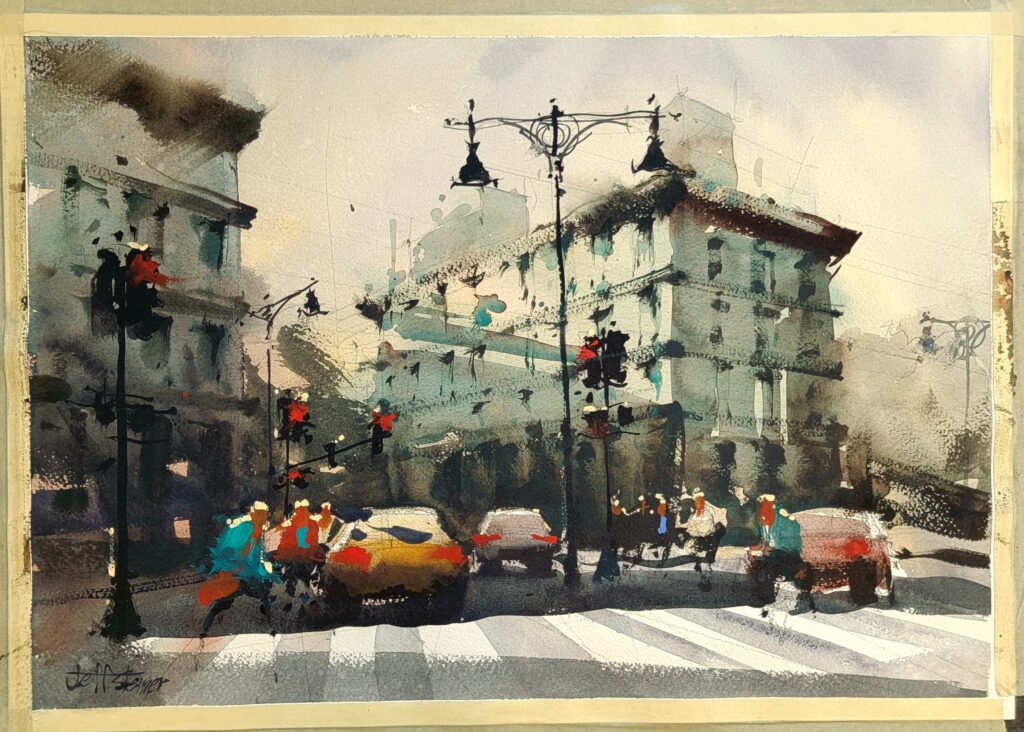
Final Step
To finish New York Streets (watercolor on paper, 16×20), Steiner established the foreground details of the lampposts, traffic lights, and figures. He used a needle-sharp brush to paint much of the delicate linework. The figures were painted with just a few quick strokes, suggesting movement without laboriously rendering them. Further lively color was added in brake lights and traffic lights as well as in the clothing. The highlights on the heads of the figures were achieved with a touch of opaque Chinese white. “There was no fussing or second-guessing,” notes the artist. “Every brushstroke was placed decisively and allowed to stand.”
About the Author
John A. Parks is a painter, a writer and a member of the faculty at the School of Visual Arts, in New York City.
Meet the Artist
Jeff Steiner was born in Pittsburgh and grew up in Minneapolis. After earning a B.S. in architecture from the University of Minnesota, he enjoyed a successful career as an architect for several decades. His interest in painting grew steadily over the years and, in his late 50s, he left architecture to pursue painting full time. His work is represented by Seasons Gallery, in Hudson, Wisc., and The District Gallery, in Knoxville, Tenn.
From Our Shop
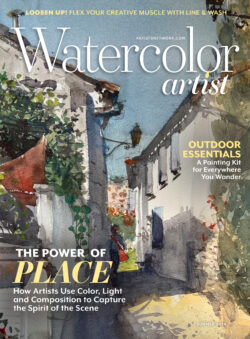
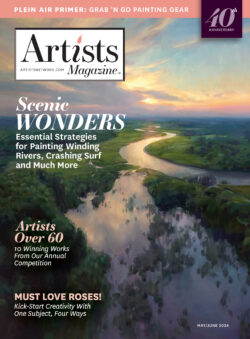
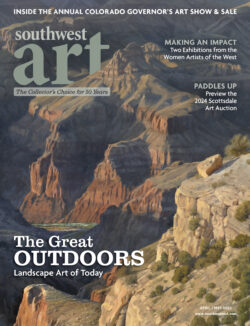

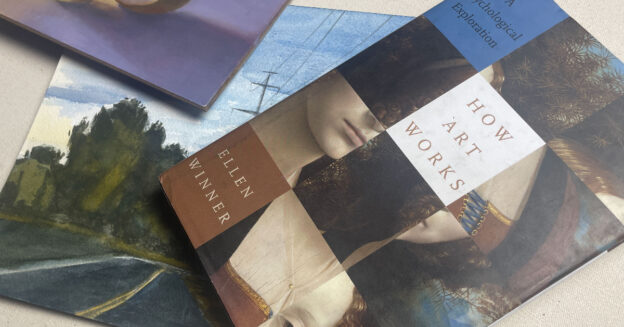


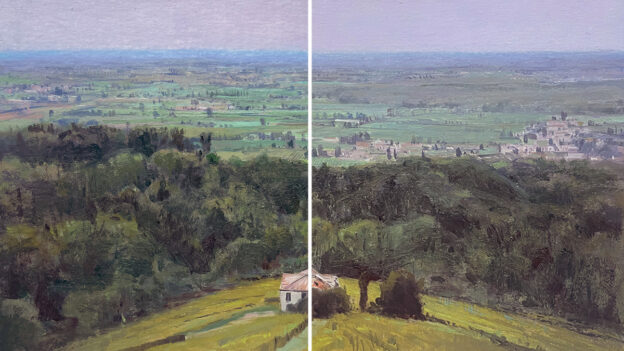
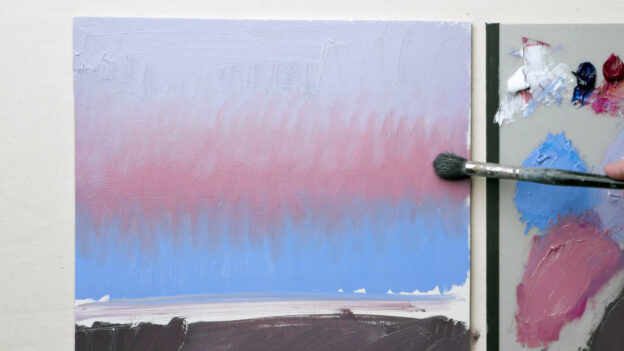
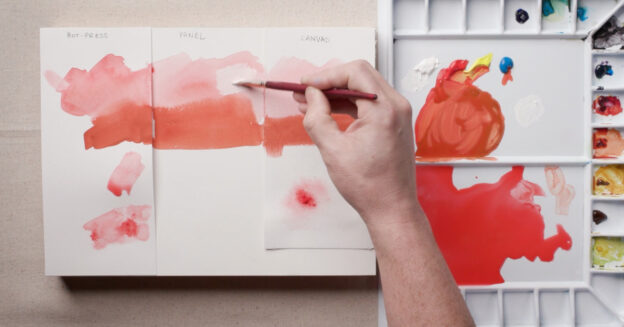
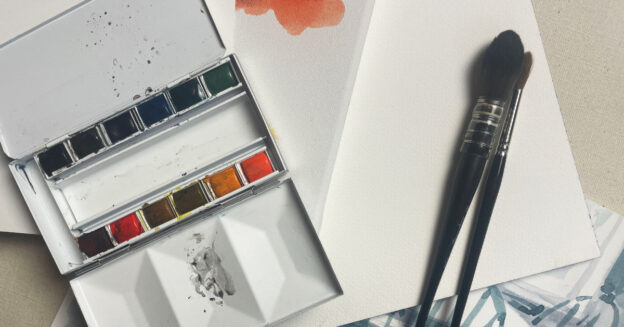


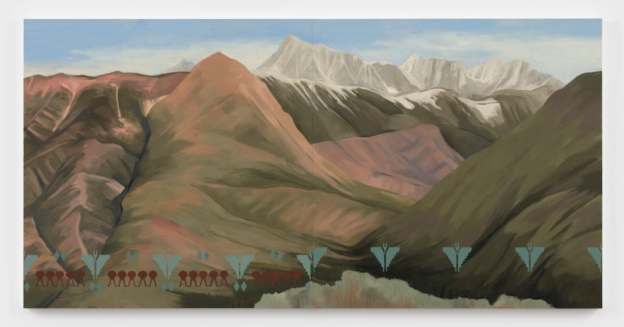
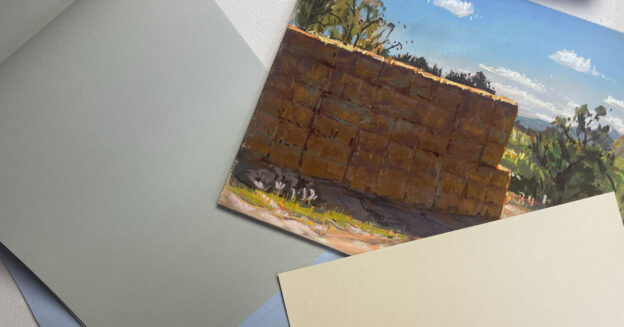
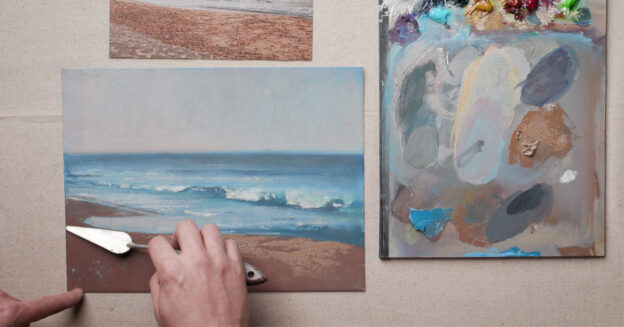


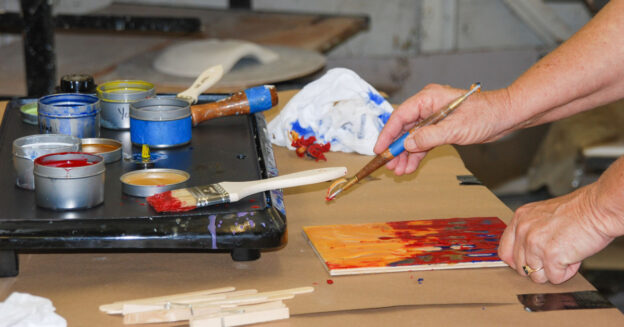
What a beautiful way to paint confidently and simply, as demonstrated by a professional.